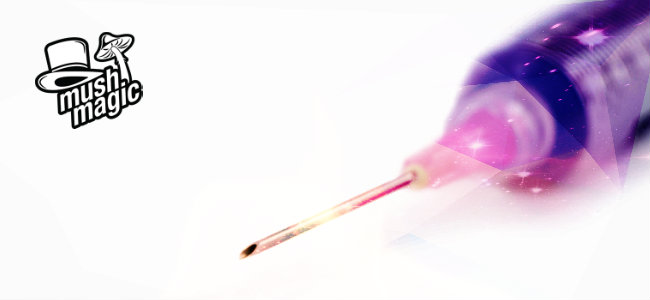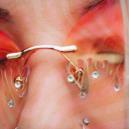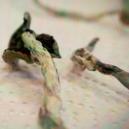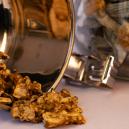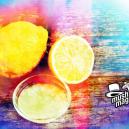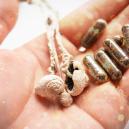Spore Syringes: What Are They And How Are They Made?
Published : December 17th, 2018

What are spore syringes and how are they made? This easy tek from MushMagic walks you through the step-by-step process of having spore syringes at home to be ready when you are.
SPORE SYRINGES—WHAT ARE THEY AND HOW ARE THEY USED?
Spore syringes are just that: a syringe filled with a sterile water solution that contains mushroom spores. They are used to inoculate substrates with a selected mushroom species that will go on to become a luscious harvest of shrooms. Spore syringes can be bought online or made in your own home from commercially obtained or home-grown mushroom spawn.
As long as things are super clean and sterile, preparing your own mushroom spore syringes at home is a relatively simple affair. This technique is knowledge that you will use for the rest of your days.
The reason spores are hydrated in water is that dry spores are more susceptible to contamination. The amount of syringes that can be made depends on the size and density of the spore print you are using. Small or pale prints may only make a few syringes, while large, dark prints may suffice for up to 30.
WHAT YOU WILL NEED
• Select spore print
• Empty syringe or syringes (make sure they are in a sealed and sterile wrapper)
• Clean water
• At best, a small glass Erlenmeyer (conical) flask; at worst, a small glass jar
• Jet flame lighter or small gas burner
• Scalpel
• Tweezer
• Tin foil
• Pressure cooker
DIRECTIONS
Once again, cleanliness and sterility are super important. Wear gloves and make sure the work space has been cleaned thoroughly. Any kind of infection can spoil a grow with mould or other unwanted fungi.
STEP 1
First is to sterilise the water. Half-fill the flask with clean water and seal the top with the tin foil.
STEP 2
Place the flask in a pressure cooker. Make sure the water does not completely cover the flask. Begin boiling. Once the pressure has reached 15psi, reduce the heat and maintain 15psi for at least 30mins. After 30mins, remove the pressure cooker from the stove and leave to cool. Make sure the water is completely cool before using, otherwise the heat can kill the spores. Leave overnight to be absolutely sure.
STEP 3
Once the water has cooled sufficiently, it is time to sterilise your tools. Put the scalpel blade and the tweezer tips in the flame of the gas burner or jet flame lighter. Wait until the blade and tweezer tips glow red, then remove from the flame and allow the instruments to cool. Be careful; the metal will be very hot and if you use a lighter, it can heat up enough to burn your fingers.
STEP 4
Remove the foil lid from the flask. Using the freshly sterilised tweezer, remove the spore print from its wrapper. If possible, only expose the section of print you want to use. Using the now sterile scalpel blade, scrape spores from the print into the flask of sterile water.
STEP 5
Unwrap the syringes and quickly put the nozzle into the spore/water solution. Suck up and expel the solution a few times to make sure the spores are distributed evenly in the water. Then, fill the syringe with the well-mixed solution. Repeat for every syringe you plan to fill.
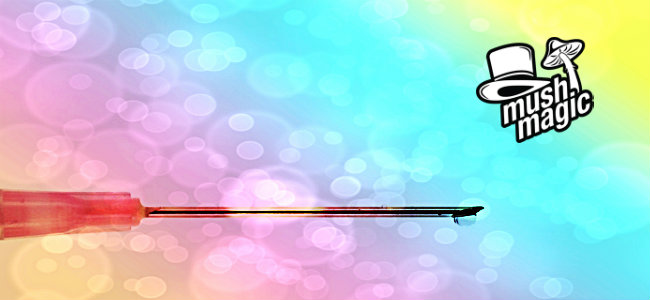
STEP 6
Do not use the syringe straight away. The spores need some time to rehydrate. Wait at least 24hrs or 2–3 days at room temperature for best results. Place the syringe inside a clean, sealable baggy to prevent contamination.
STEP 7
If you are not going to use the syringes straight away, they can be stored in their baggy in the fridge for 2–6 months at 2–4°C.
SPORES ON DEMAND
Following these easy steps will ensure you have what you need to secure a regular turnover of ready-to-go spores for inoculation on demand. This might be three times now, but remember: clean and sterile, clean and sterile, clean and sterile.

